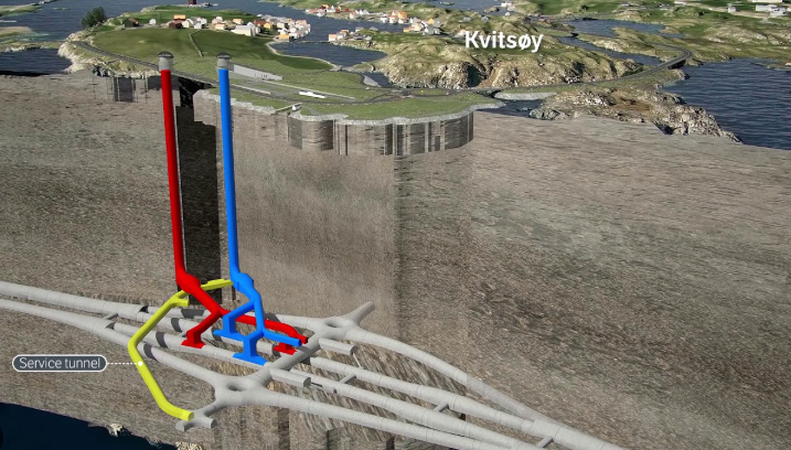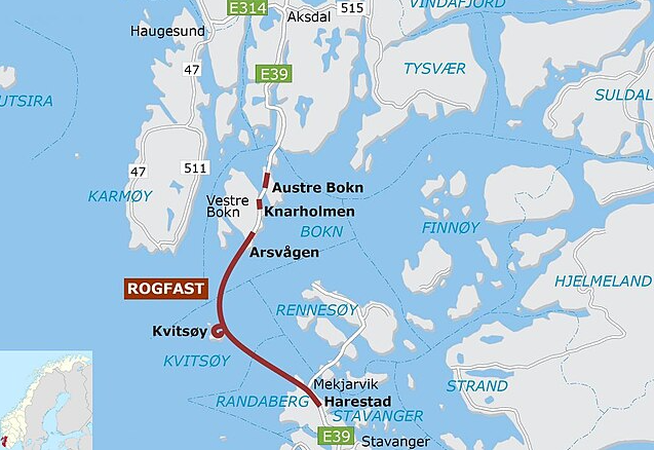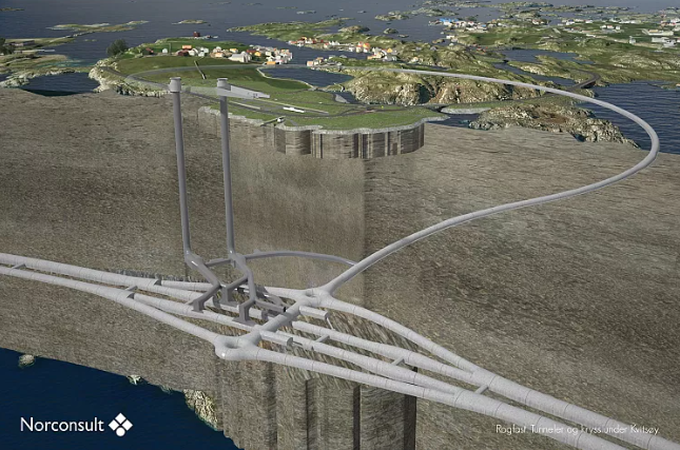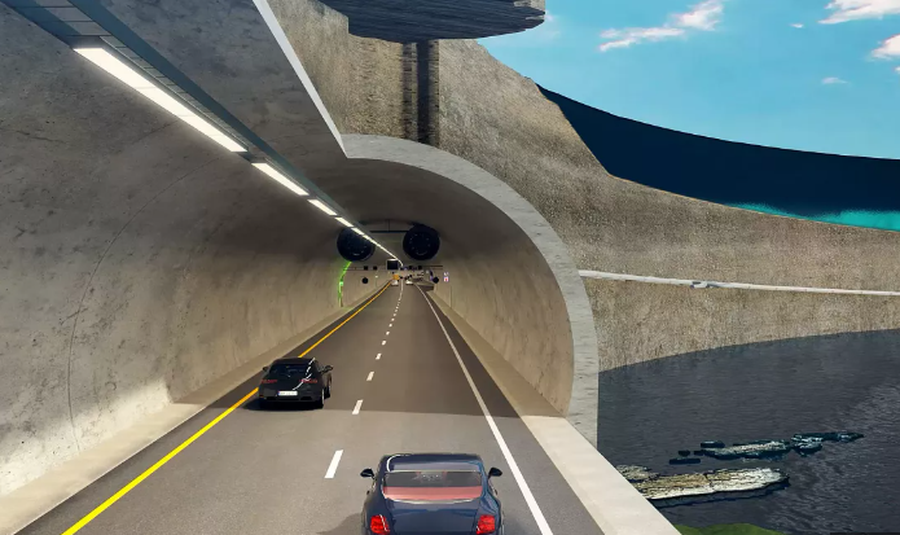
Norway is building the world's longest and deepest undersea tunnel, one of the most ambitious engineering projects in Europe, which is expected to significantly improve the Nordic country's transport connections and infrastructure.
Passing under the country's fjords, the Rogaland Tunnel - or Rogfast - will be around 26.7km long and reach up to 390 metres below sea level.
Once completed in 2033, this tunnel will cut travel time between Norway's two largest cities, Stavanger and Bergen, by 40 minutes.
The Rogfast project, which is about halfway through construction, is part of the main European highway E39, which runs along the west coast of the Nordic country. Connecting cities such as Kristiansand, Stavanger, Haugesund and Bergen, it will also replace ferry crossings and make travel smoother, according to the Norwegian road authority that designed the project.
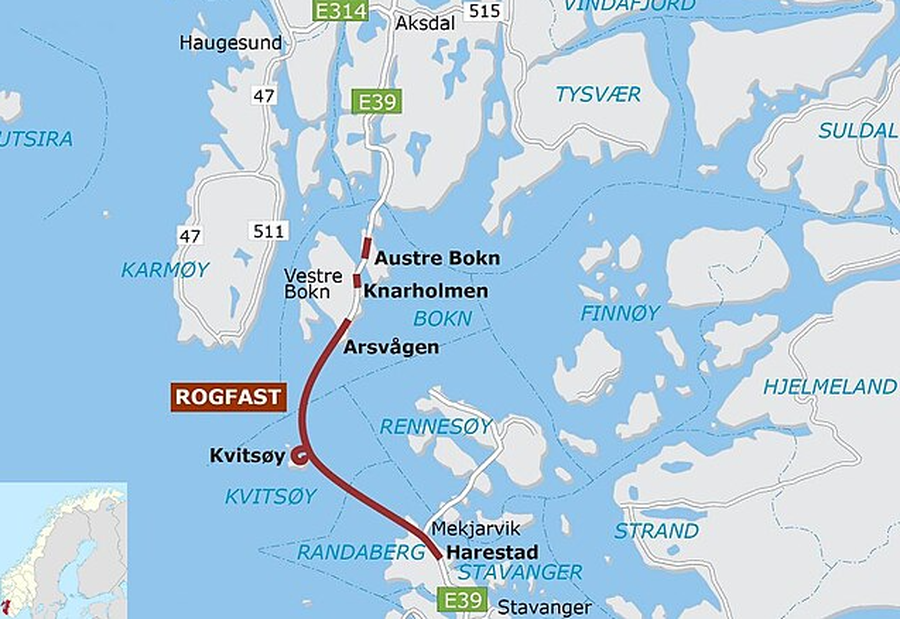
“Stavanger is the fourth largest city in Norway, and Bergen is the second largest, so we hope that this project will also help to shorten travel times for workers who commute between these two cities every day,” said Oddvar Kaarmo, Rogfast project manager at the Norwegian Public Roads Authority.
A roundabout under an island
One of the key design features of the new undersea highway is its roundabout, where a branch connects the island of Kvitsøy, Norway's smallest municipality, to the main tunnel under the island's cliff.
The Rogfast Tunnel will have two lanes in each direction. Beneath Kvitsøy, the lanes will be connected by two roundabouts being built 260 meters below sea level.
"We have built roundabouts in tunnels before. But this may be one of the first constructions where we have such a section with two roundabouts at a tunnel intersection. As far as I know, I have not seen two roundabouts in a single tunnel section before," Kaarmo said.
Both roundabouts under the island will allow traffic to flow even when one of the lanes is closed.
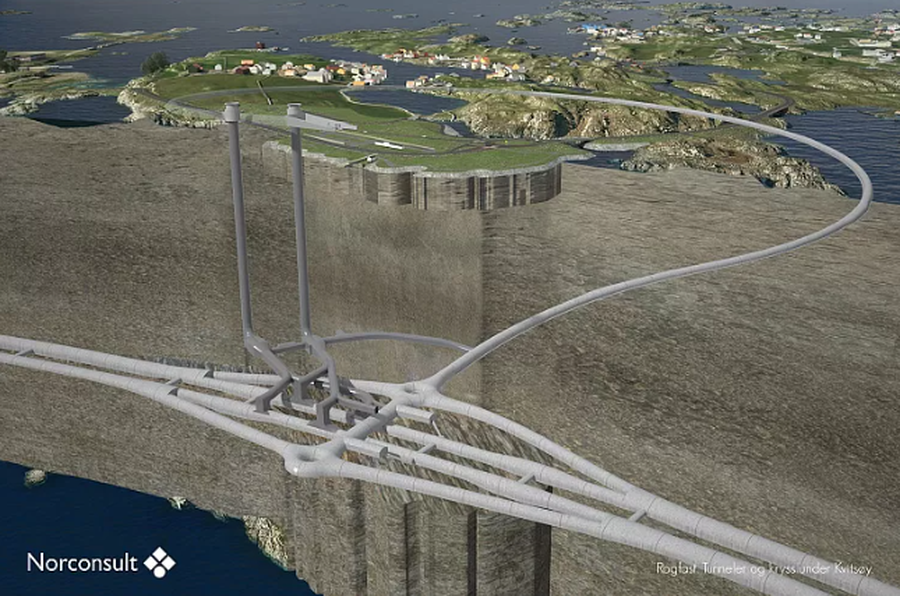
"If something happens and we have to close part of the tunnel, we can still keep the tunnel operational by using just one tube and allowing traffic in both directions through it," he added.
The two-tube structure is also a safety measure. “If a truck catches fire in front of you and you can’t turn around to get out, you can head through these green doors with exit signs… and you can walk to the other tube of the tunnel. And we have a camera system that shows us exactly where you are. And we can come and get you and get you out of the tunnel,” Kaarmo said.
Norwegian tunneling ability
The Rogfast project, which is being built in phases at a cost of 25 billion Norwegian kroner ( about 2 billion euros ), is currently half-completed, while work began in 2018.
"On the north side, about 65% of the tunnel has been built and it is now the tunnel drilling and blasting phase. On the south end at Randaberg, it is about 45% complete," Kaarmo said.
Unlike the Fehmarn Belt fixed link between Germany and Denmark which is being built using modular methods, Rogfast is being blasted and excavated directly through solid rock, a method that Norway uses to guarantee stability and durability under water pressure.
“You will travel through solid rock. We have this distance between the ceiling of the tunnel and the seabed. Our regulations require at least 50 meters. So, travel on the seabed. We have a lot of undersea tunnels in Norway with this construction. And the new tunnel between Germany and Denmark, they put concrete sections and connect them, but they don’t go under the seabed like we do in Norway. In Norway, we build tunnels cheaper, compared to a bridge, for example. And we have about 40 undersea road tunnels in Norway, and we are familiar with the construction. So it is normally easier and cheaper to build an undersea road tunnel than a bridge to the same island,” Kaamor said.
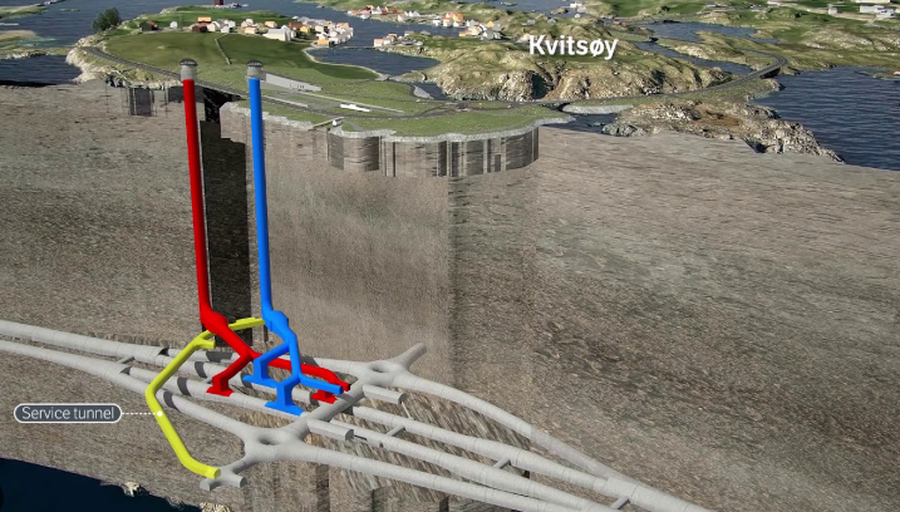
The undersea tunnel, Rogfast, is expected to be completed in the summer of 2033. “ It will help seafood producers better reach the market without the need for ferries ,” Kaarmo said.
" It will help workers, industry, and maybe even tourism. Because the west coast of Norway is a part that tourists often seek out. For example, Bergen. We have a lot of tourists in Bergen. And with this road project that will allow us to travel faster to Bergen, most likely, tourists will discover this part of Norway even more ," he stressed.
The Norwegian Roads Authority predicts that the new tunnel will have 13,000 trips per day by 2053. (A2 Televizion)

